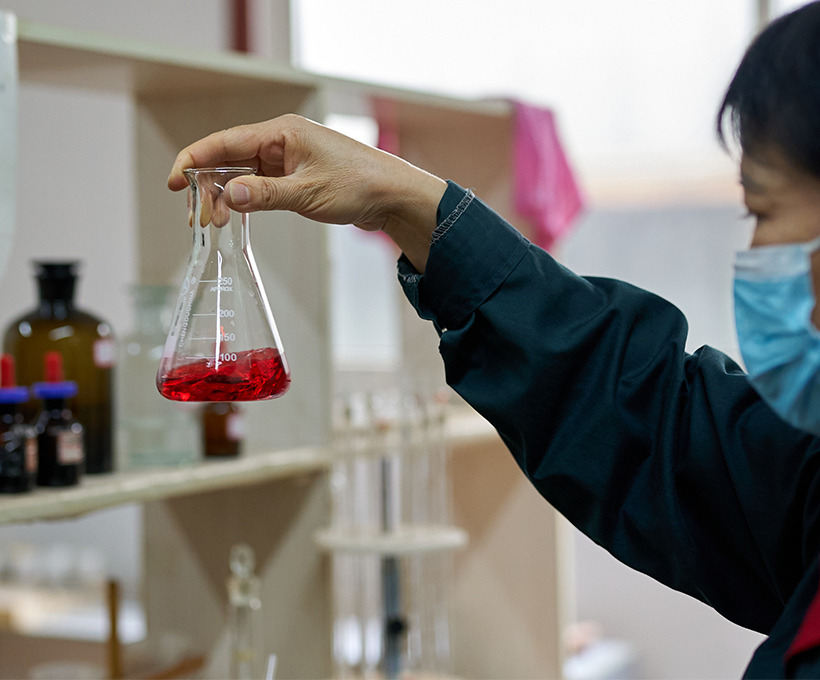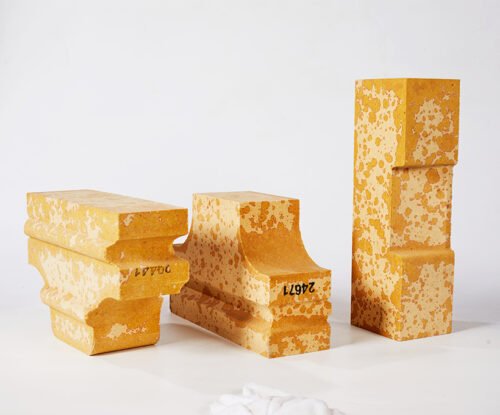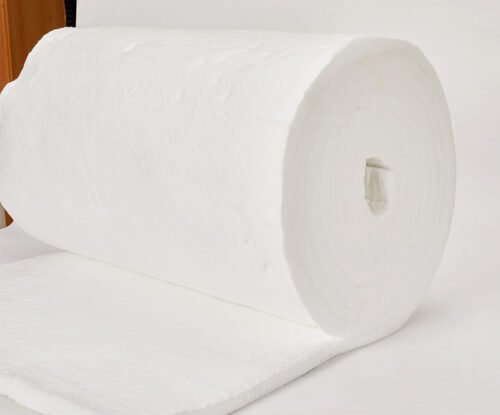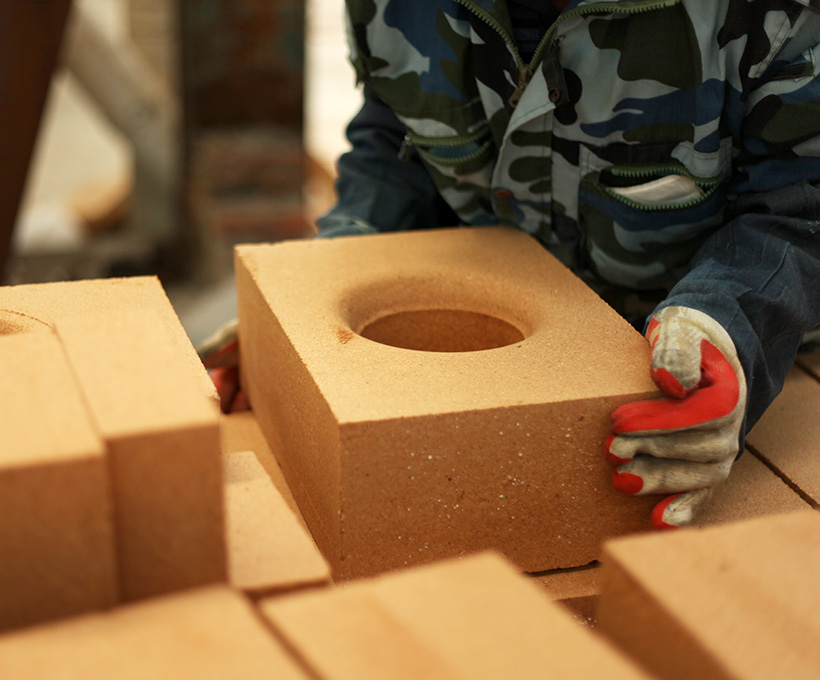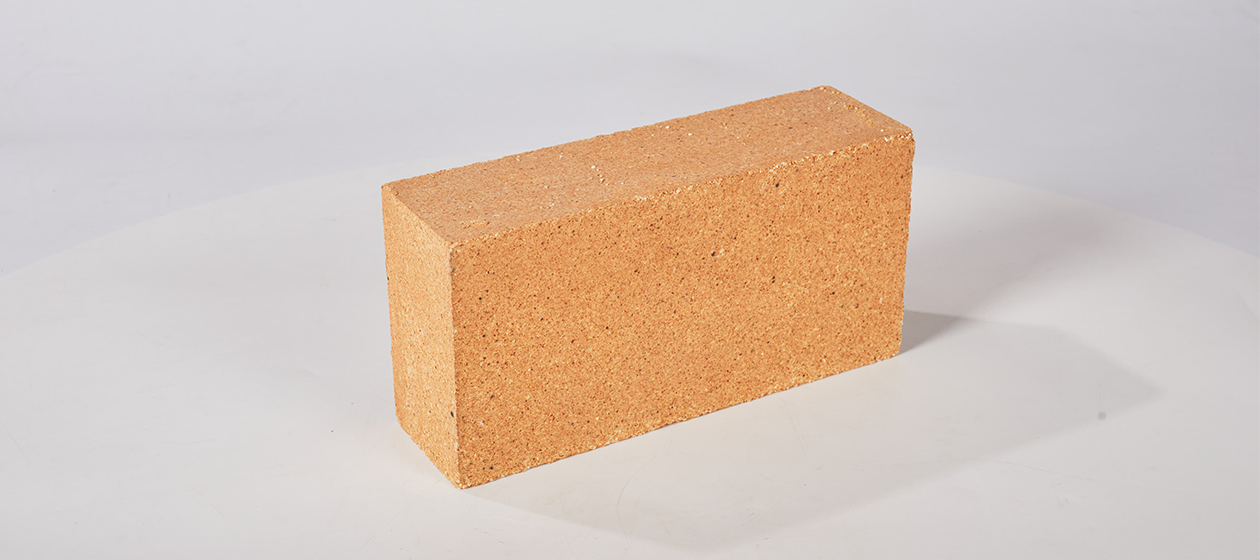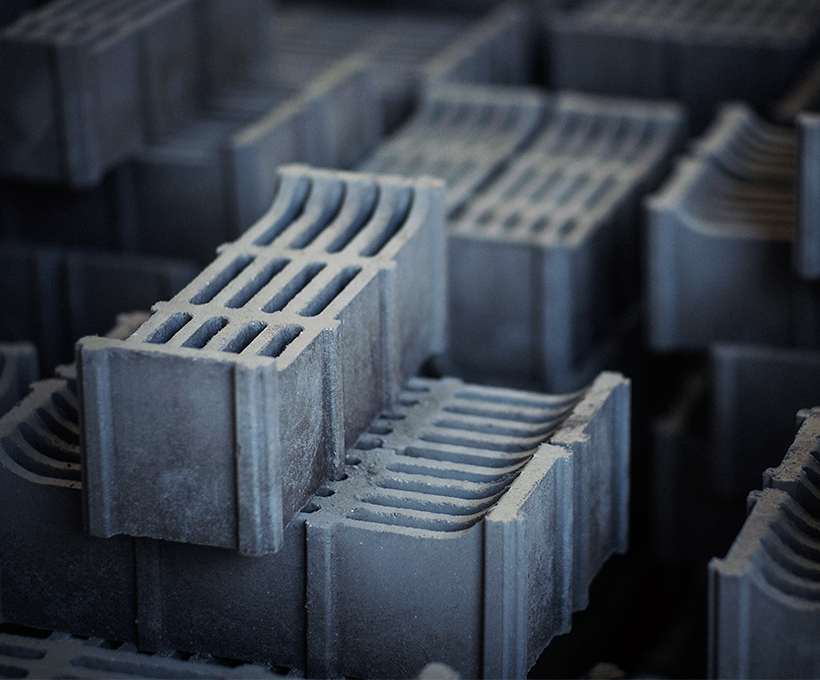The ladle used in traditional steelmaking processes, such as the short-route ladle-ingot method, primarily employs refractory materials such as aluminosilicate bricks, semi-silica bricks, and pyrophyllite bricks. When used in long-route methods like secondary refining and continuous casting, the refractory materials include high-alumina bricks, dolomite bricks, zircon bricks, magnesia-chrome bricks, magnesia-carbon bricks, and alumina-magnesia bricks.
Currently, in ingot casting systems, insulation and heat preservation technologies are widely adopted to improve ingot yield. To conserve energy, unshaped refractories and unfired bricks are being vigorously promoted. Meanwhile, mechanized demolition and construction of ladle linings have been implemented to enhance efficiency and quality, optimize operational practices, and significantly extend the service life of ladle linings.
Ladle linings include brick linings, gunned linings, rammed linings, and cast/vibrated linings. These are described as follows:
(1) Brick Linings
Brick linings are a traditional method for ladles and remain widely used. The main refractory materials include fireclay bricks, pyrophyllite bricks, high-alumina bricks, zircon bricks, magnesia-carbon bricks, alumina-magnesia bricks, and dolomite bricks.
In Japan, pyrophyllite bricks are commonly used for ladle linings due to their low cost and longer service life compared to fireclay bricks. To meet increasingly demanding conditions, the quality of pyrophyllite bricks has been continuously improved, with Fe₂O₃ content below 0.3%, SiO₂ content between 75% and 85%, optimized particle size distribution, and the addition of bauxite, kyanite, or sillimanite. High-pressure forming and high-temperature firing reduce porosity and enhance slag resistance. Their refractoriness is generally above 1650°C, with a load softening temperature exceeding 1400°C.
In the U.S., most ladle linings for casting are built with fireclay bricks due to the abundant domestic resources of expansive clay, making them cost-effective.
Russia commonly uses high-density fireclay bricks for ladle linings, which have a short service life. Switching to high-alumina bricks has improved longevity. In the past, countries like the UK and China mainly used aluminosilicate bricks, with performance and service life similar to those in the U.S. and Russia, generally not exceeding 30 heats.
In recent years, to extend ladle lining life, reduce refractory consumption, and better adapt to ladle conditions, Japan has begun using zircon bricks and high-alumina bricks for slag-line zones or entire linings. Zircon bricks account for about 25%, and the proportion of unfired high-alumina bricks is also increasing.
For example, the 250-ton ladle at Kawasaki Steel’s Mizushima Works uses a 270-mm-thick pyrophyllite brick lining at the bottom. The barrel is lined with zircon bricks (58% ZrO₂) in a stepped arrangement, covering over 4000 mm in height. The upper edge is 65 mm thick, while the lower layers (1st to 4th) are 230, 200, 180, and 150 mm thick, respectively. The slag-line working lining is 150 mm thick, and other areas are 130 mm thick. The permanent lining is 100 mm thick, achieving a service life of about 70 heats.
At a Sumitomo plant in Japan, composite linings are used. The permanent lining consists of an 80-mm-thick rammed refractory at the bottom and a 50-mm-thick brick wall. The working lining uses zircon bricks for the slag line and pyrophyllite bricks elsewhere. Wear-prone areas are thickened and built in a stepped pattern, allowing localized repairs. This ladle achieves a service life of 310 heats, with refractory consumption at 2.4–2.5 kg per ton of steel, significantly improving longevity while reducing material usage.
The performance and application of zircon bricks in Japanese ladles show that higher ZrO₂ content (typically >50%) leads to longer service life, averaging over 110 heats and reaching up to 200 heats. Conversely, lower ZrO₂ content results in poor performance.

